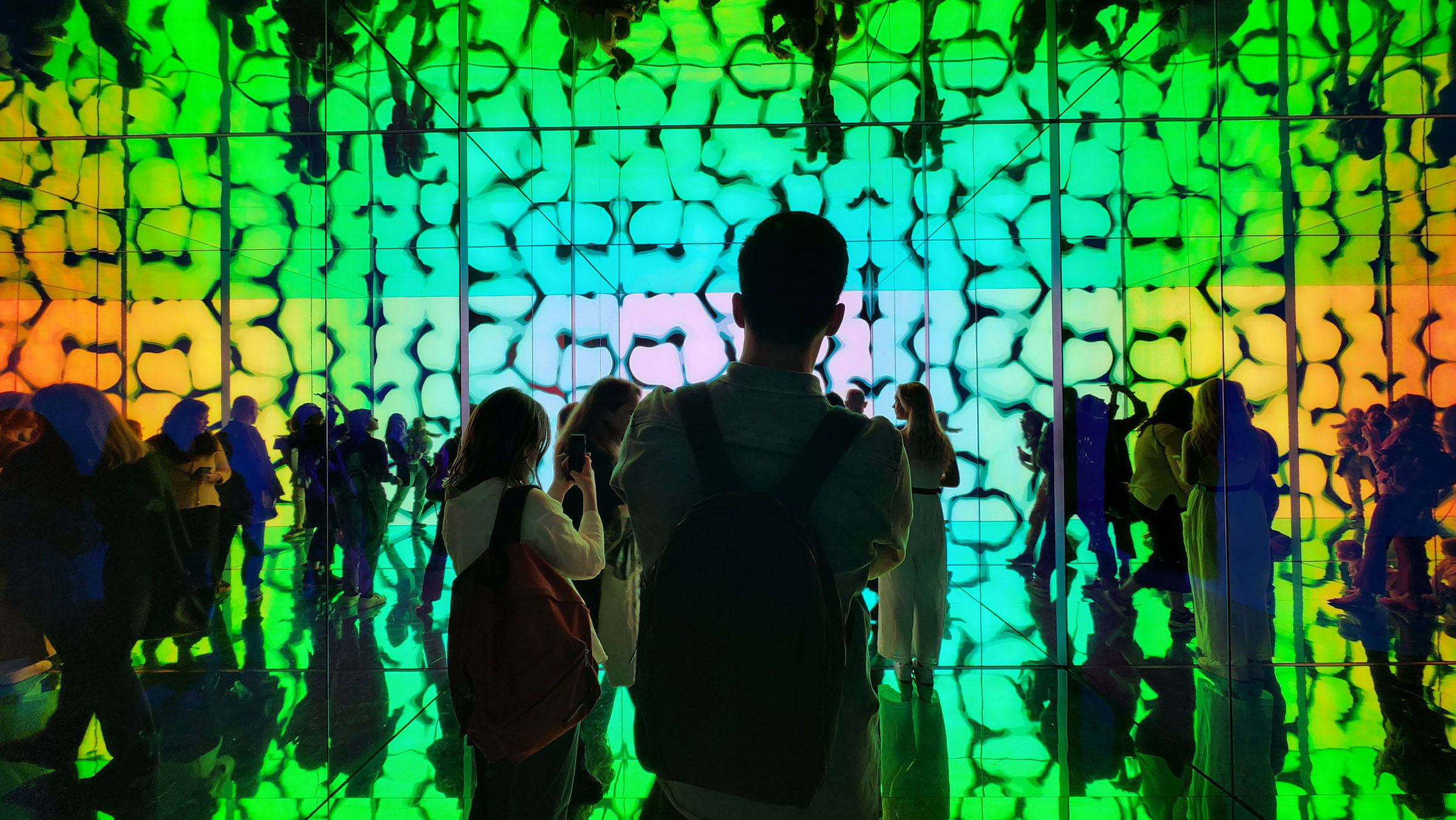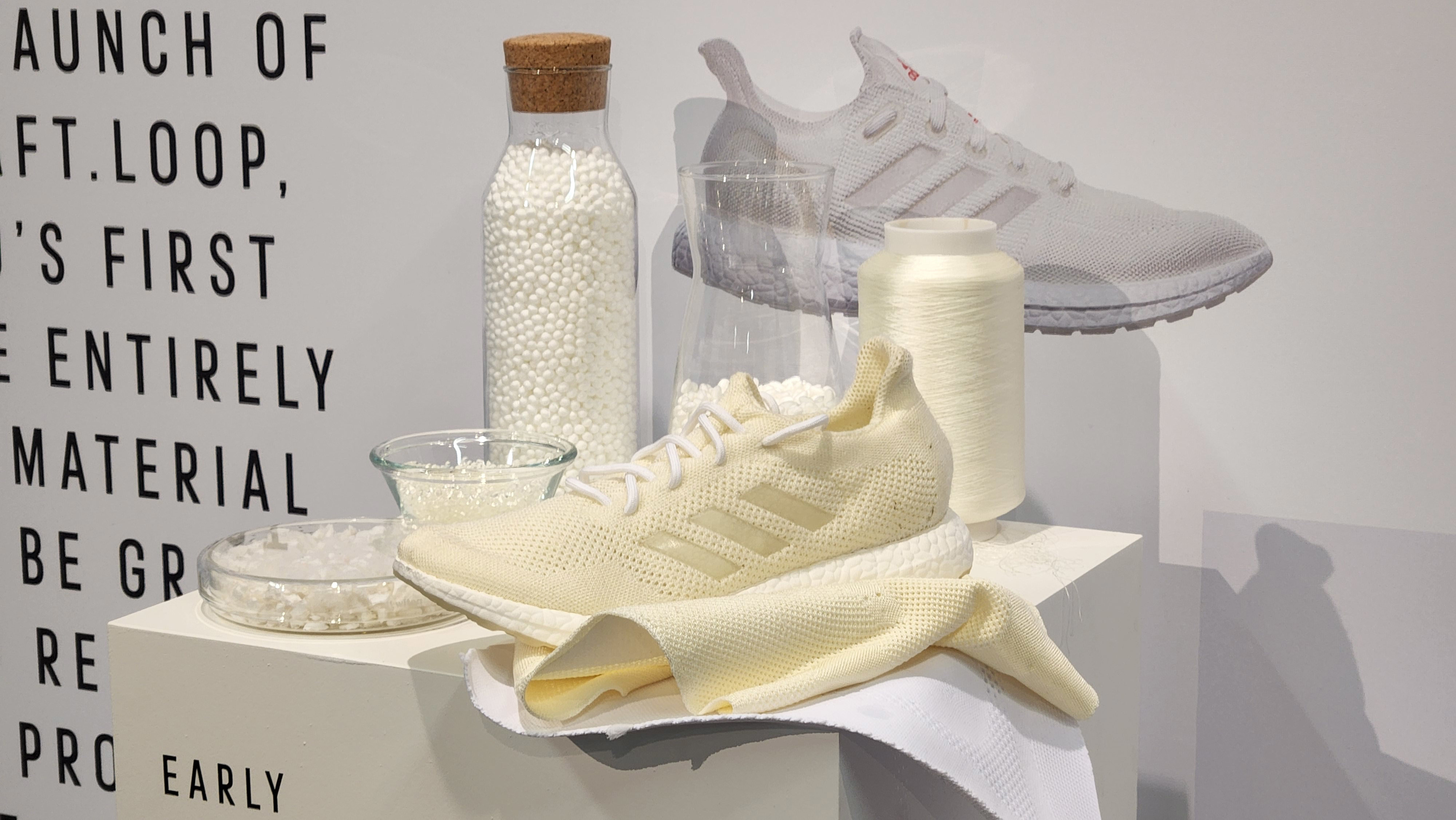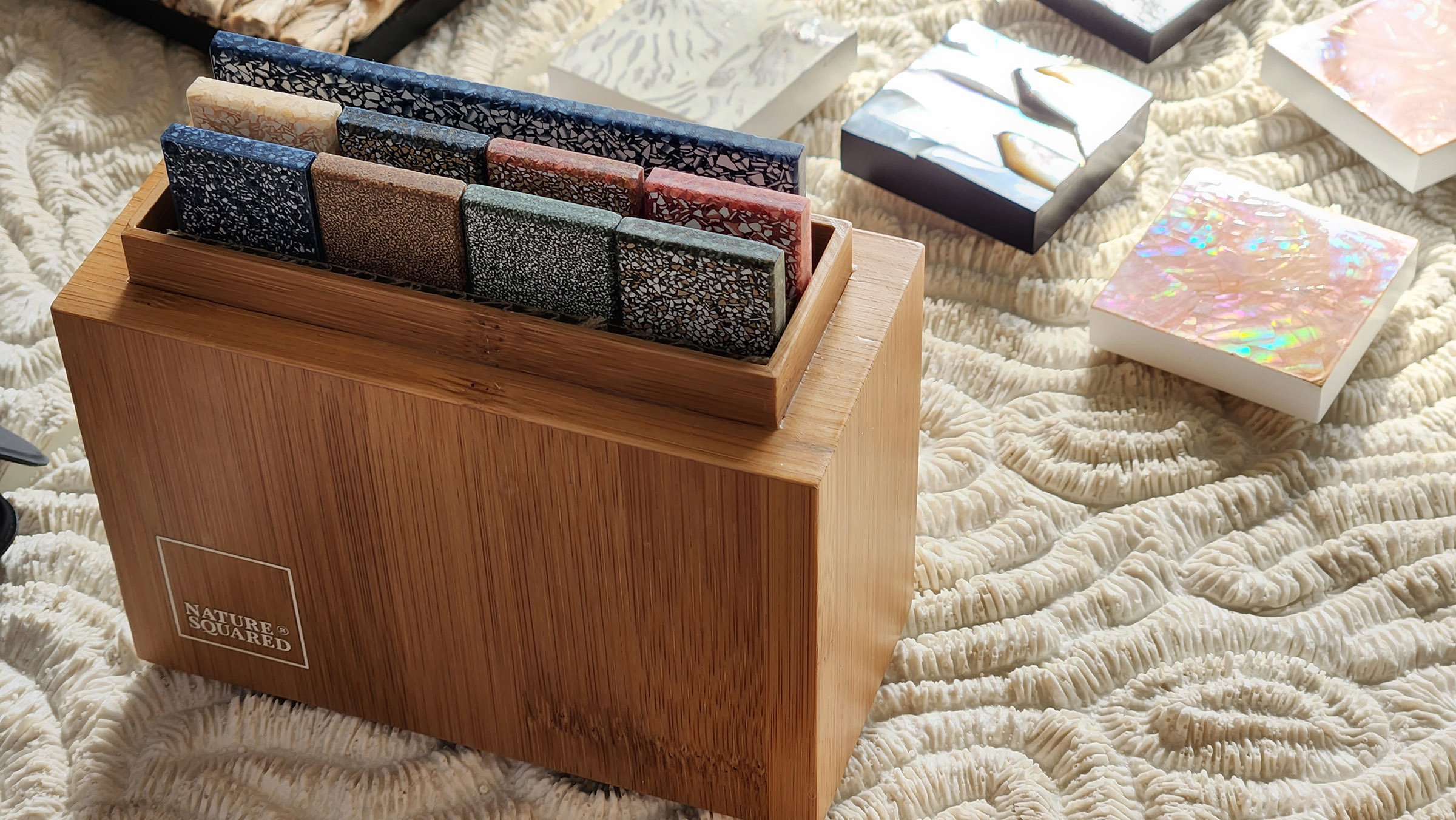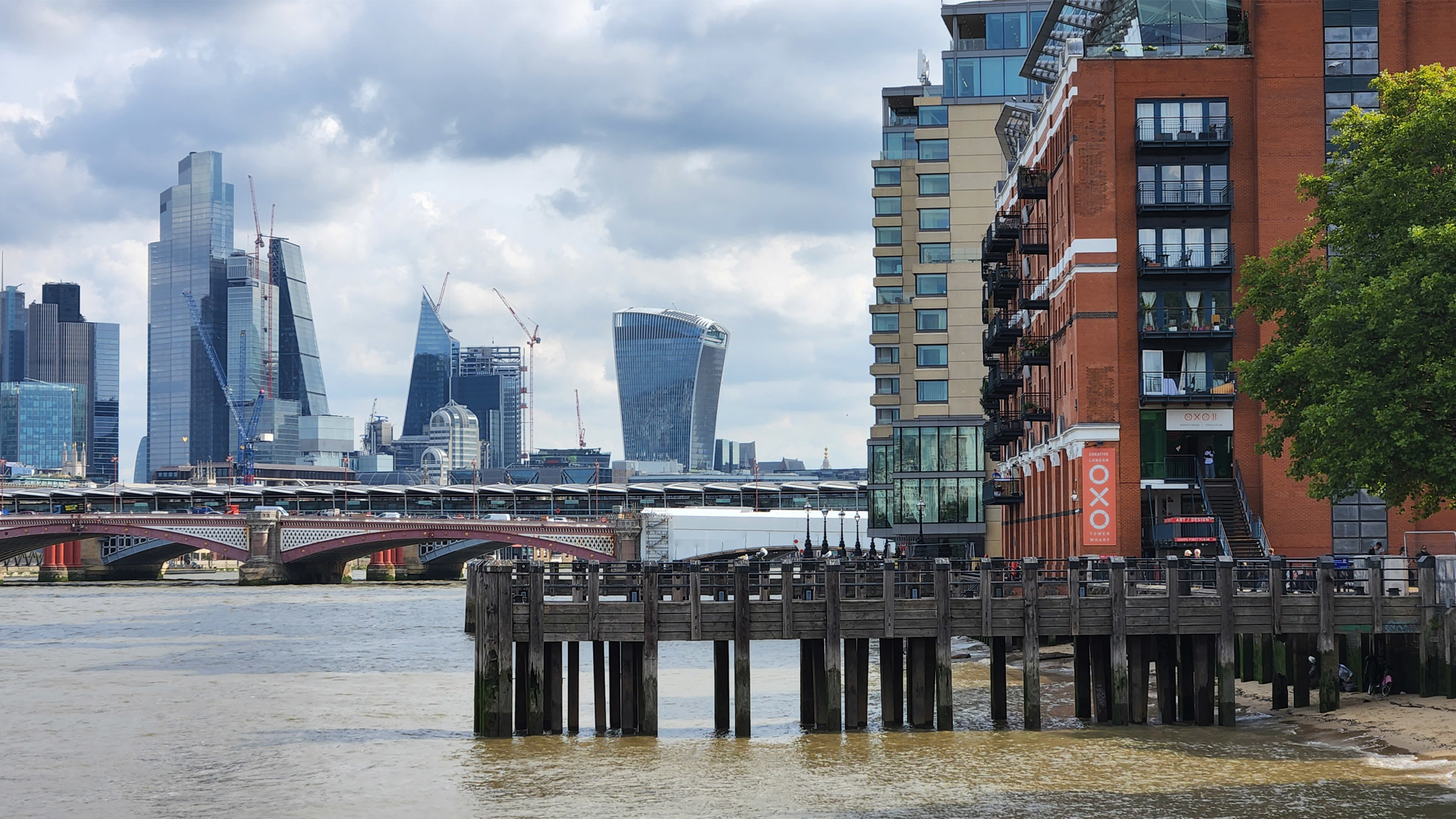Meta and Physical Reality, and Material Innovations at the London Design Festival
This September marked twenty years since the start of the London Design Festival. The festival offers the opportunity to celebrate and promote the city’s creativity, uniting designers from all over the world. Composed of hundreds of events scattered across the city, the festival allows designers to share new products, innovative ideas, and new ways of thinking.
Here is what we saw at the London Design Festival 2022…
Fusing Meta and Physical Realities
The exploration of how meta and physical realities can be fused was a theme that ran throughout the week. As technology continues to advance, the boundaries between meta and physical spaces will begin to blur further our approach to design and we will have to adapt to meet this need.
Sony Design presented INTO SIGHT, a life-sized media platform installation that plays on the senses, utilising visuals and audio to create an immersive, meditative experience inspired by the challenges of the decade. The installation invites the viewer to reflect on their emotions and focus on themselves without any distractions. The heart of this is a 220-inch crystal LED screen enclosed in a dichroic, mirrored box. Mirrors reflect and distort the vivid imagery displayed on the screen around the space. The same technology is used for cinematography virtual production and is on course to replace green screens with hyper-realistic virtual scenery.

Artist and designer Gary James McQueen and photographer Simon Emmett collaborated to present ‘Awakening’, an entirely digital fashion shoot. A smart-mirror allows the viewer to virtually try-on couture garments highlighting how technology can be used to visualise a more sustainable way of experiencing fashion.
Xcessive Aesthetics explored the process of replication across physical and digital space with an installation titled ‘Not David!’ The collection investigated the process of replication through physical and digital spheres using digital means such as 3D scanning and distortion. When replicated in digital space, this digital culture approach questions the importance of the copy. The transformation by these digital tools can distort, scale, and reframe the value given to anatomies. During the design festival, Xcessive Aesthetics conducted an experiment where the team were scanned using the software and their bodies inflated. Their bodies were then re-inserted into the physical world to fulfil the idea of ‘taking up space’ within the museum.
Waste As a New Material
Plastic pollution is one of the most pressing environmental issues we are facing globally, a rapid increase in the production of disposable plastic products has overwhelmed the system’s ability to deal with these materials. Designers and manufacturers are looking to unconventional materials to solve sustainability issues throughout the design and production process, this was evident at the design festival.

Adidas presented Chasing Circularity, a range of trainers and garments designed to be remade. In 2019 Adidas released FUTURECRAFT.LOOP, the first shoe made entirely from one material. This means at end of life; shoes can be ground down and remade into new products. The shoes can be returned by scanning the QR code printed on the shoe. Every pair of shoes is assessed, cleaned, and thrown into a shredder whole. The ground material is then compounded and melted into TPU pellets; the pellets are used to produce various parts of the shoe.
‘Crafting Plastic! Studio’ displayed Nuatan®, a bioplastic made with new aesthetic and material properties. The material presents an alternative to traditional petroleum-based plastics. Made from 100% renewable resources, Nuatan® from Crafting Plastic! Studio claim that the material is 100% biodegradable. The current application of the material includes value added products in the consumer goods sector.

Solidwool presented the Hembury Chair which is crafted from a unique composite material of wool and bio-resin. The wool is sourced from Herdwick sheep, a breed which is almost exclusively farmed in the Lake District. Wool from Herdwick sheep was traditionally used in the UK carpet industry, however in recent years the demand for this material has waned. Solidwool presents a new use for an otherwise obsolete material, the fibres wiry texture and flecked colouring gives a unique aesthetic quality.
At PDR we are always on the lookout for material innovation that could be applied to products to address sustainability issues throughout the design and manufacturing process. When applying new materials, we need to ensure that they are appropriate for the application. This includes considering material properties and ensuring that they can be processed by current infrastructure at end of life.

